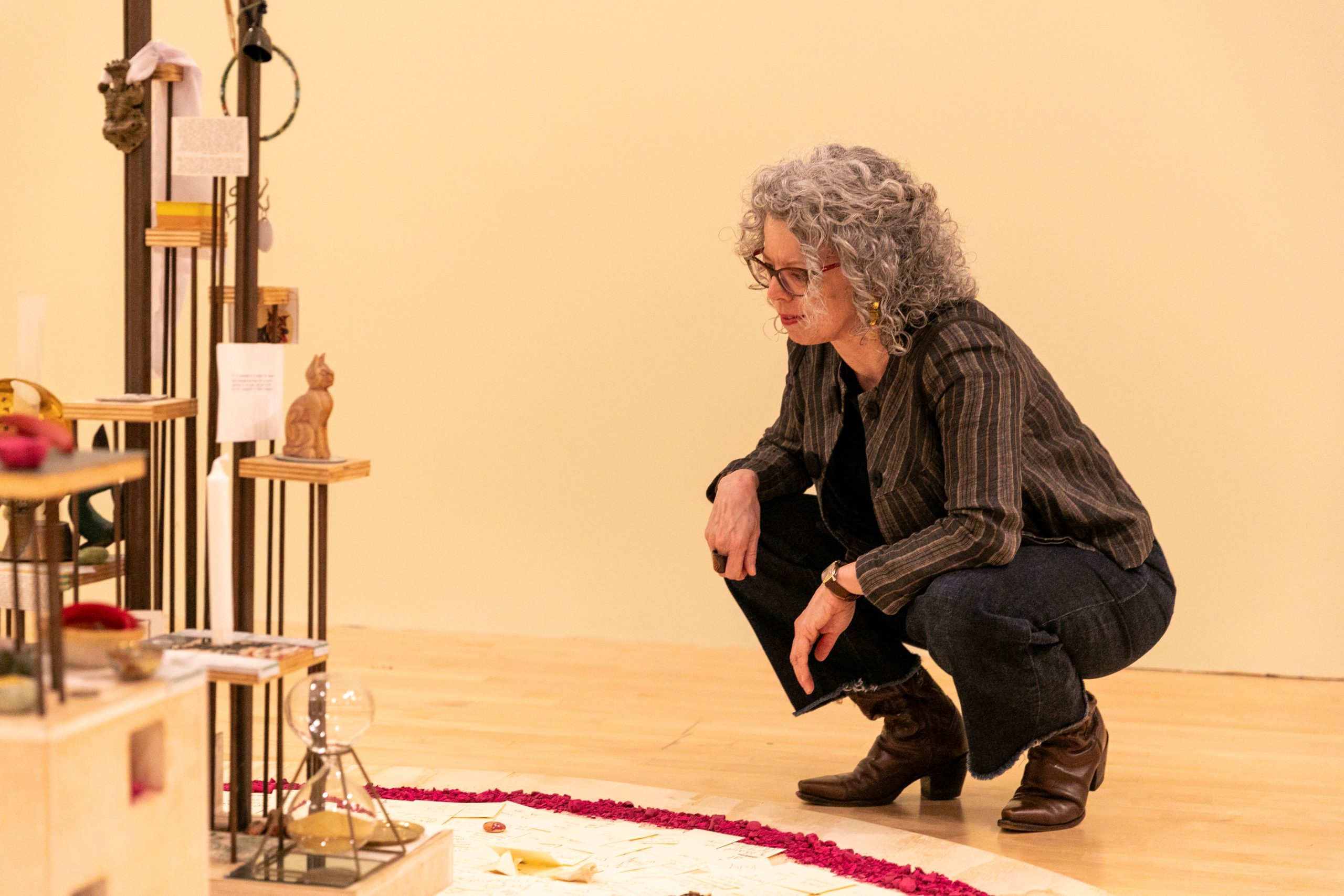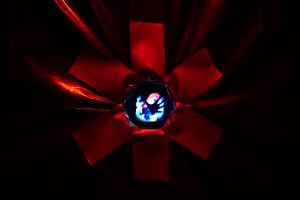I forgot that art could be reciprocal. As in, I forgot that visiting exhibitions could be a replenishing experience. More often than not, when approaching galleries specifically-I’m required to do mental gymnastics in order to meet artists where their artwork is. Abstract ideas hidden within gestures, insular references, and Untitled works where even I—(with a Master’s Degree)—could use a little help. It’s not that I don’t love the cerebral games, I do; I just forgot that art was something that could speak to the soul-not just to the realm of logic that I am so heavily immersed in within the world of contemporary art. That being said, Actions for the Earth: Art, Care, & Ecology caught me off guard. I was not prepared to have an emotional reaction to the show, nor was I anticipating spending three hours in the exhibition space reflecting on each of the activations through sight, sound, smell, and memory.
It was the week of Chicago EXPO and I was busy, I had overcommitted, and I was now late to an on-site curatorial panel featuring the exhibition Curator, Sharmila Wood, and Chicago-based Block Museum Consulting Curator, Stephanie Smith. Keywords like “sustainability”, “care”, “collective” were often used in the conversation, and being skeptical of the “wellness” trend that’s taken the art world by storm, I was a little jaded when I arrived at the panel. Shortly after the talk, I was ushered into a group meditation session led by artist Katie West. West’s immersive installation titled “Clearing”, a quiet space for contemplation peppered with sitting pillows and fabric drapery, was accompanied by a live sound meditation lead by the artist and her partner. Although I could hear the administrative team on the other side of the installation walls, I was forced to slow down to a pause, with sweat crystallizing on my brow, before entering the exhibition space on the second floor. It helped that I was surrounded by a large group of curators who collectively bought into this moment for meditation, together we sat cross-legged and eyes closed.
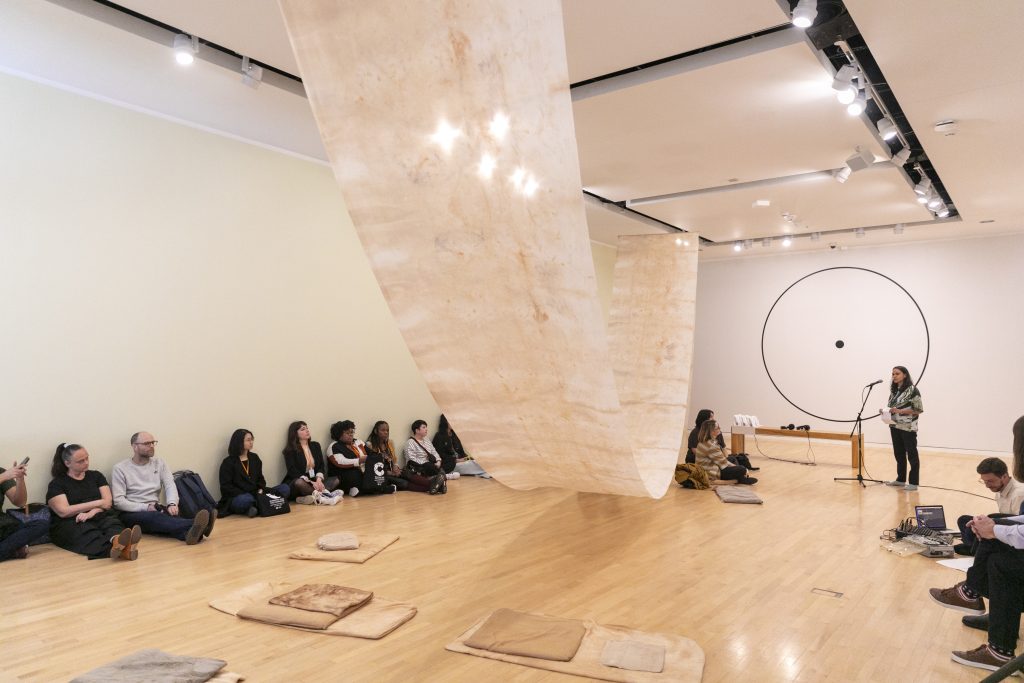
From the outside, Actions for the Earth: Art, Care, and Ecology looked like a typical traveling exhibition; there was an eye-catching graphic, the buzzwords were on-point, and the layout of the show was pretty standard. However, it’s the system that the curators have implemented into the execution of each site-specific iteration that is felt beyond the visual sphere. Rather than relying on a sole curator and a team of thinly-stretched museum assistants, the team behind Actions for the Earth: Art, Care, & Ecology actually practices what it preaches. “Essentially, I’m the curator and ICI (Independent Curators International) is the production partner which is such a freeing opportunity as a curator because, often in previous roles that I’ve had, you’re thinking about every element in exhibition making-you’re thinking about logistical support, what kind of crate, what does a plinth look like, what kind of material needs to travel in the exhibition,” explained Sharmila Wood, exhibition Curator.
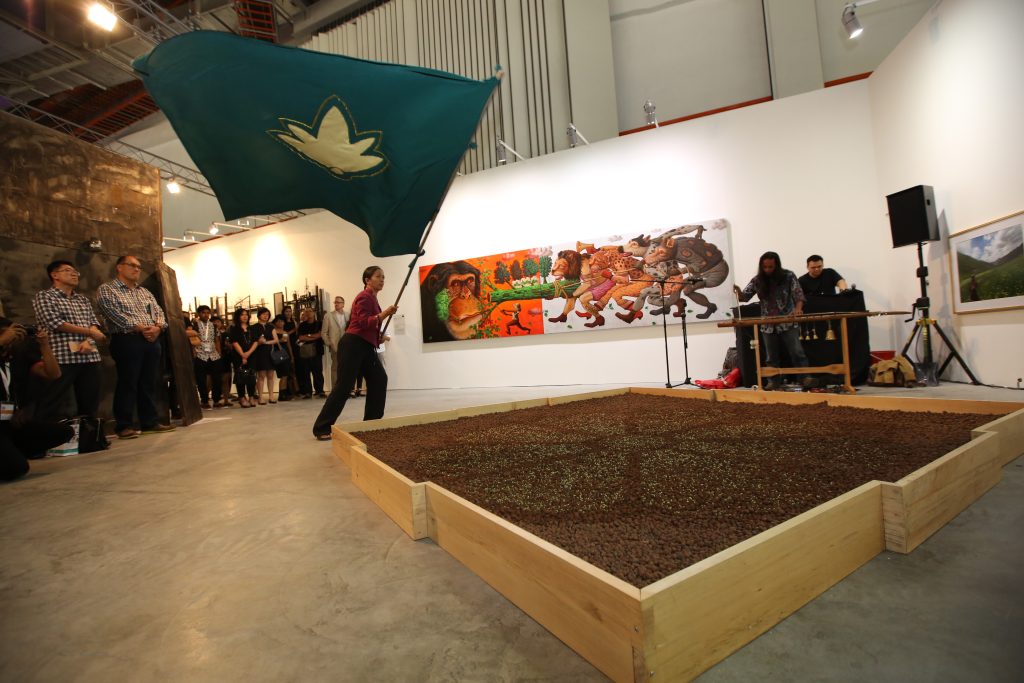
“This allowed me time to consider how to design an exhibition that can tour well. And as I was thinking through the artists in the show-I was also thinking about how we can try to align with some of the environmental values in the exhibition. So having work that doesn’t have to travel in big crates, encouraging the venues to reuse their existing wall spaces so they didn’t have to build any new walls, and reusing vinyl so that didactics continue to travel with the exhibition-they’re not constantly being printed and reprinted.”
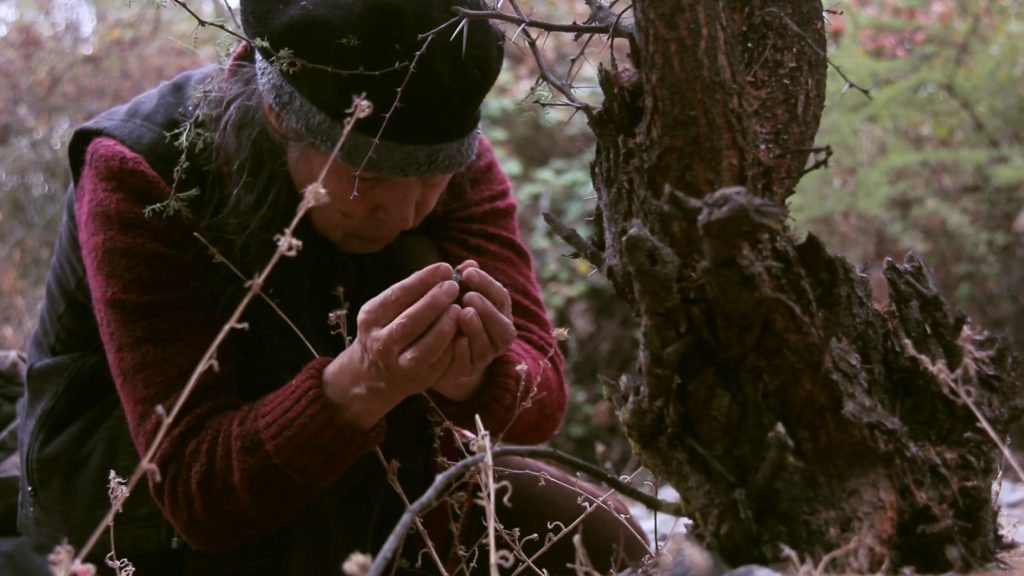
Actions for the Earth: Art, Care, & Ecology was an intercultural and intergenerational show. Carrying artists from 18 different countries who all engage the conversation around spirit of material, regional voice, and placemaking push the exhibition past New Age trend limitations and into the realm of ancestral knowledge. “This exhibition emerged at a time where I was thinking about going slowly and deeply into both a way of being in the world and also a way of curating. I think that I was responding to a long period of doing very monumental, large projects-very capital heavy-very intensive, very big. And so I wanted to create a space for people visiting the exhibition to slow down-that had sacred qualities to it. I felt that it was important to consider time and the ways in which certain ideas are almost ancestral as they resonate across generations of artists and tap into ideas that continue to expand. I’m interested in exploring how curating can emerge from a personal place; we can have intimacy with the subjects, we can break free from our rational, art history training.”
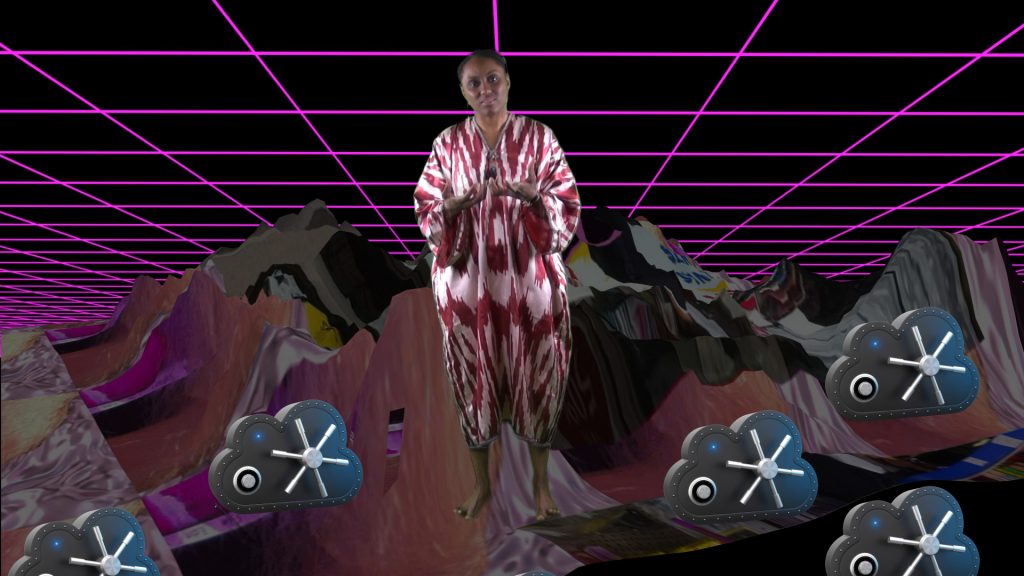
Heavy-hitters such as Ana Mendieta, Pauline Oliveros, and Yoko Ono sit alongside the next generation of artist-healers to include digital incantations by Tabita Rezaire and the generative altarscapes of Zarina Muhammad.But it was the video piece titled “IRMANDADE” by Lhola Amira that got me in tears. Bodies adorned in gem-toned clothing and video of Brazilian beaches with a voice-over asking me to “recall the lands that I know”-suddenly I was thinking about my home. IRMANDADE contemplates the wound of the ocean and it indeed opened the floodgates for my experience within the exhibition, reminding me that introspection is a super power when given the time and space to think and feel. Actions for the Earth: Art, Care, & Ecology provides viewers with a space for that, with opportunities to activate memory via mediums that span fiber, book arts, installation, digital interventions and more.
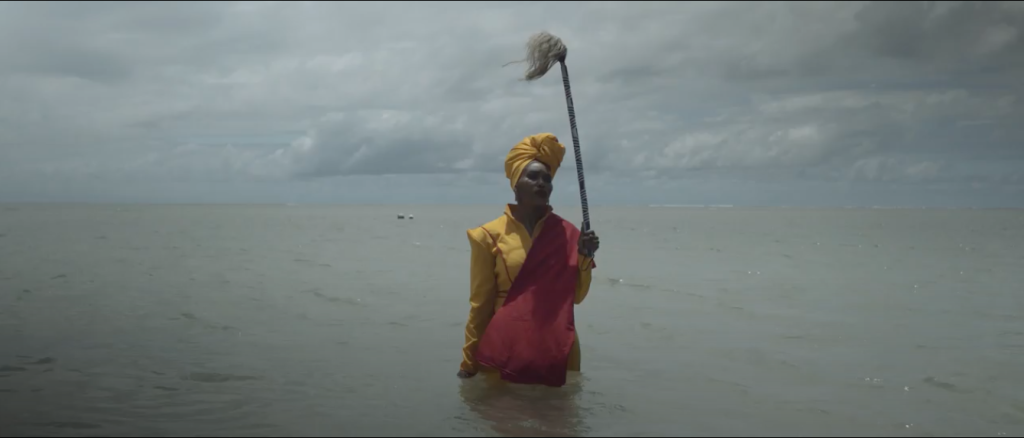
“So I curated the exhibition remotely, and while I had experienced some of the works through my relationships with some of the artists in this exhibition-seeing the form the exhibition took when I walked into the space-it was very powerful actually. It felt like it had a spirit, it felt like it had a soul. Having the ability to get onto Zoom and video chat opens up so many possibilities, particularly if you come from a more isolated place like I do. Perth (Western Australia) is the most isolated city in the world, so being able to transcend all of that to connect with ICI based in New York and their centrality through their curatorial network provided me with an experience that I wouldn’t have had without the internet, without the technology that we have available to us now. We don’t often talk about the impact of being a mother on curating. I have two children, they’re six and eight years old, and I can’t be traveling all the time. I don’t want to be traveling all the time. And I feel like the idea is that we have to be on the move, on the go, extending ourselves constantly-that needs to shift as well. I feel like for many women working in the arts, that can really be an obstacle for them, so having people feel comfortable that you can curate remotely-it’s important for that space. Artists and artwork offer the possibility to shift how we see ourselves, our relationship to the earth and to each other. Fundamentally we need to change not only our way of seeing, but also our consciousness.”
Actions for the Earth: Art, Care, & Ecology ran from January 26-July 7, 2024 at the Block Museum and is re-opening at the Nerman Museum of Contemporary Art in Overland Park, Kansas on August 9th.
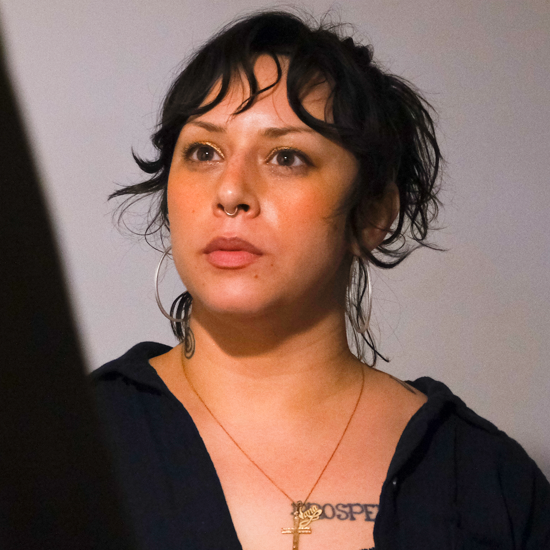
About the author: Julia Arredondo is a transient, working-class artist originally from Corpus Christi, Texas. Julia’s visual practice explores the historical crossroads of manufacturing and magic to survey the history of selling empowerment in the United States. Julia is a content creator and an occasional writer for Sixty Inches From Center, who combines video journalism with creative exhibition coverage.
